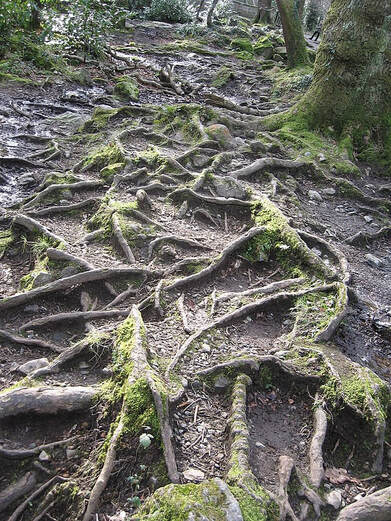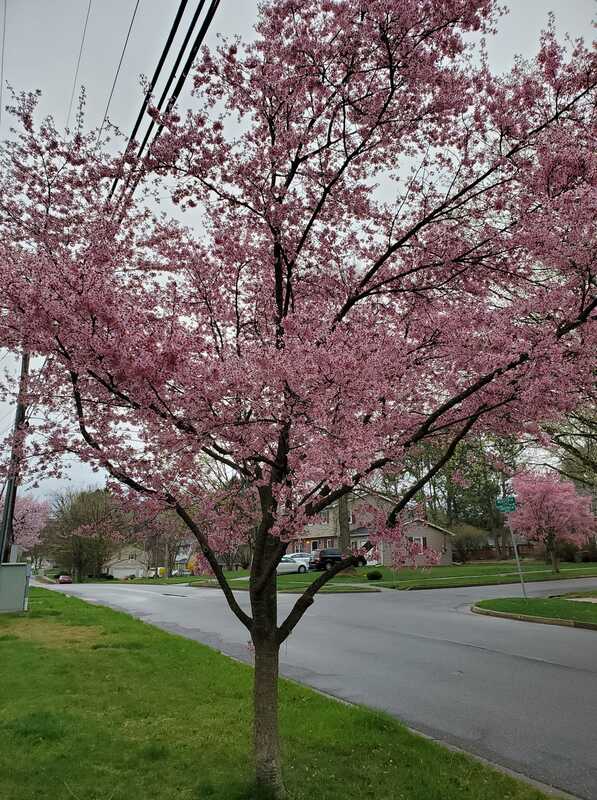Today I received a copy of The Oxford Handbook of Social Media and Music Learning, edited by Janice L. Waldron, Stephanie Horsley, and Kari K. Veblen. At a risk of being obsolete by its release, the authors wrote chapters for this handbook exploring the following questions:
1. How do social media and social networking enable and support learning in diverse contexts.
2. How meaningful is the notion of participatory culture for thinking about social media and music education.
3. How are issues such as communication, mass self-communication, power, democracy, and identity negotiated in a networked society, and what are the implications for music learning and making?
4. How does the business of social media support or exploit the ways in which musicians learn and interact? How does it support musical agency?
5. What roles might social media and social networking play in supporting music learning and making from a social justice perspective? And 6. What are the implications for future music learning in diverse contexts? (pp. 6-7).
To avoid obsolescence embedded in music technological scholarship, my co-author, Vincent Bates, and I chose to challenge the, sadly, perennial negatives of development—economic and ecological devastation. These two devastations, that tech-utopians are most likely to elide, implicate them, and us, in the ongoing oppression of the poor, who are unable to access the newest tech and have their physical homes, waters, and soils poisoned by chmicals and plastics that make the middle-and upper-class’s prized technologies possible, and dominate nature, who cannot long survive such resulting crises as e-waste and server farms.
Because our critique was 2/3 negative (The Bad and The Ugly), many tech-utopians will feel personally challenged. Some are, wanting to hide their unconscious crimes, likely will bury our critique, or charge us with luddism (as if the original rural, English Luddites wouldn’t have benefitted from stopping the 18-hour workday at the factories poisoning their communities). But, truly, we outline The Good, explicating many good things that come from social media development, as well as The Bad and The Ugly. Sadly, most education tech-discourse is 100%, so this small critique can seem radical. There is, after all, money to be made selling the products billionaires develop, like Facebook, to schools and students, who become lifelong customers (or do they call it "consumers of music" still?). Luckily, the editors of the handbook permitted our critique to be voiced. Our critique has meaningful implications for the field of music education, if the field opens its mind, as well as educational and other musical fields. It is part of the long-standing critique of development in many fields, going back to the work of such thinkers as Jacques Ellul, Martin Heidegger, Ivan Illich, Guy Debord, Jean Baudrillard, Jerry Mander, Neil Postman, Jaron Lanier, Patrick Murphy, and, perhaps the most powerful voice in educational technology today, Audrey Watters.
In our chapter, we clarify what community is, and why social media is alternatively good or bad for the cultivation and sustaining of communities. While communities developed solely through social media seldom sustain the depth of feeling and experience as communities developed in actual physical places, communities and other relationships can be sustained through social media, and social media even provide ways for people to sustain a sense of communities after being uprooted, often by our economic system (e.g., urbanization and work-related transience). We also clarify what the commons are, and while I can recall when the internet (then called the Web) was considered a new commons, perhaps too idealistically, social media serves as part of industrial capitalism’s multi-century endeavor to steal the commons from common folk. Poverty and ecological destruction follows in development's wake. Finally, we identify the structure of convivial tools (and idea developed by Ivan Illich and expanded by Audrey Watters) to identify what sort of social media interactions may meet requirements for The Good. How can social media and related technologies be used that support community and avoid ecological destruction through e-waste and server farms? How can social media and related technologies support the commons and intergenerational wellbeing?
Finally, we discuss our experiences with specific social media—Facebook, YouTube, Online Scholarship, Pinterest, and Other Social Media (including Wikipedia and Google Docs)—to begin identifying the types of social media and interactions that might be convivial in our field.
DS
Reference
Bates, Vincent C., & Daniel J. Shevock. “The Good, The Bad, and The Ugly of Social Media in Music Education.” In The Oxford Handbook of Social Media and Music Learning, edited by Janice L. Waldron, Stephanie Horsley and Kari K. Veblen (New York: Oxford University Press, 2020), 619-644. [Chapter 31]





 RSS Feed
RSS Feed
